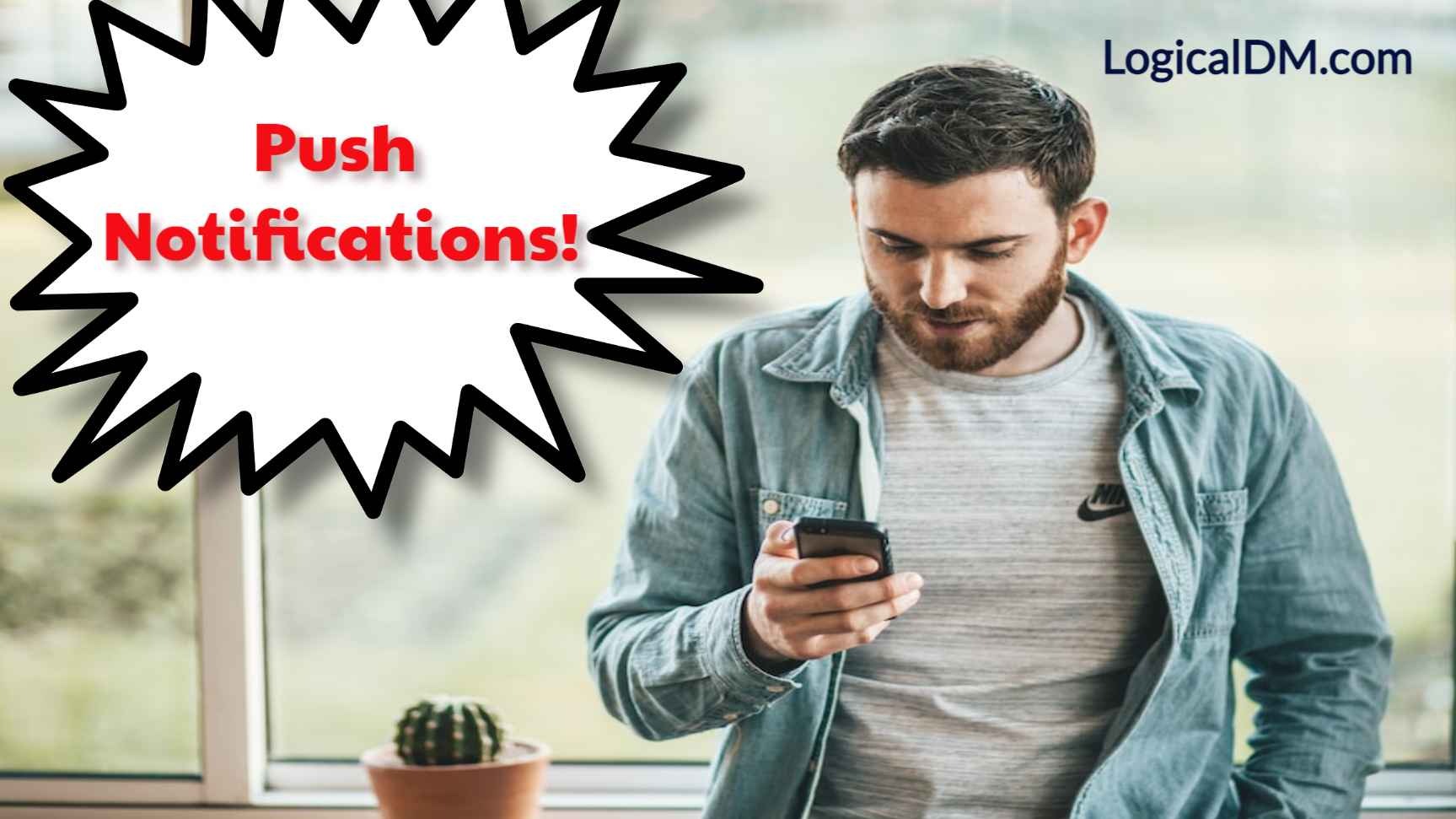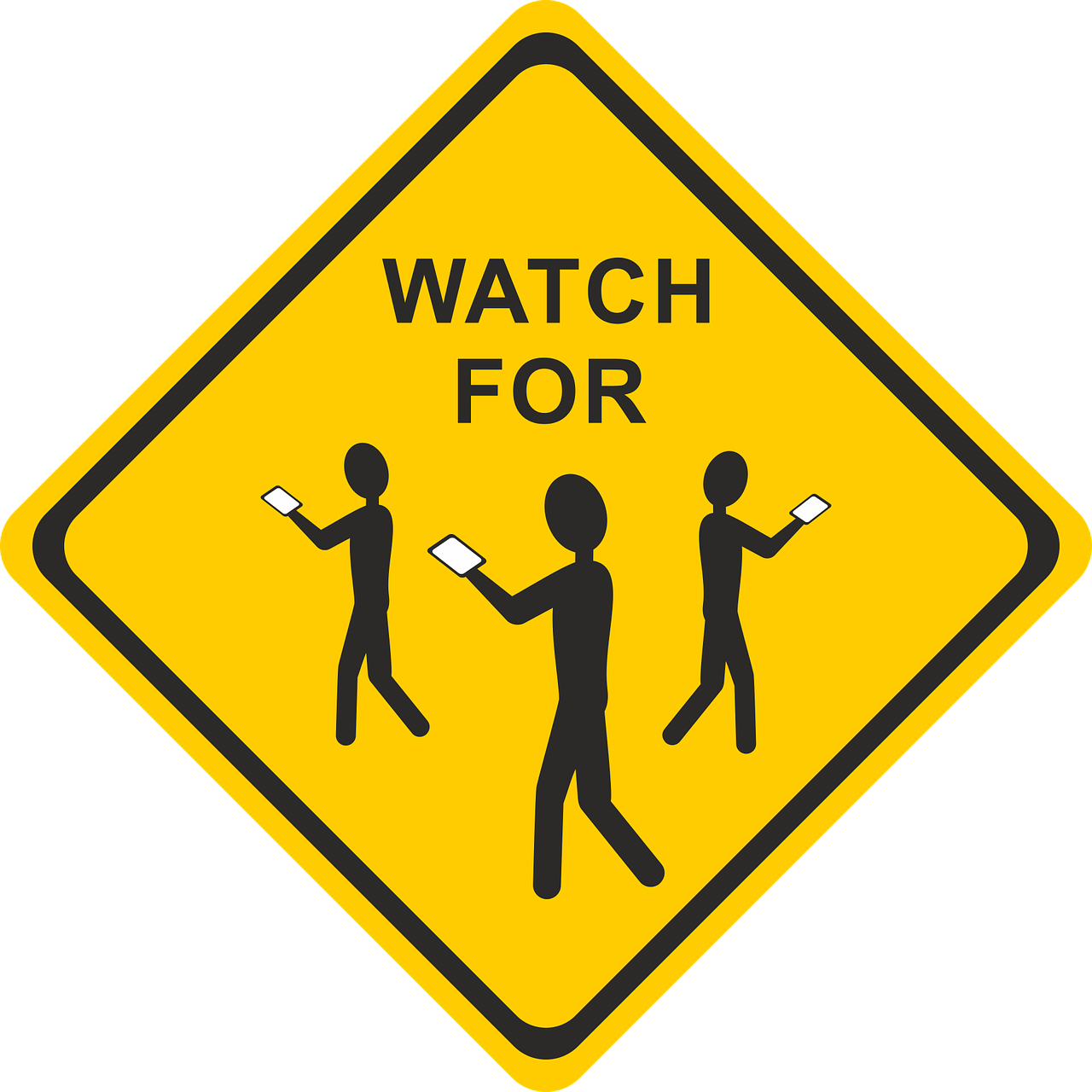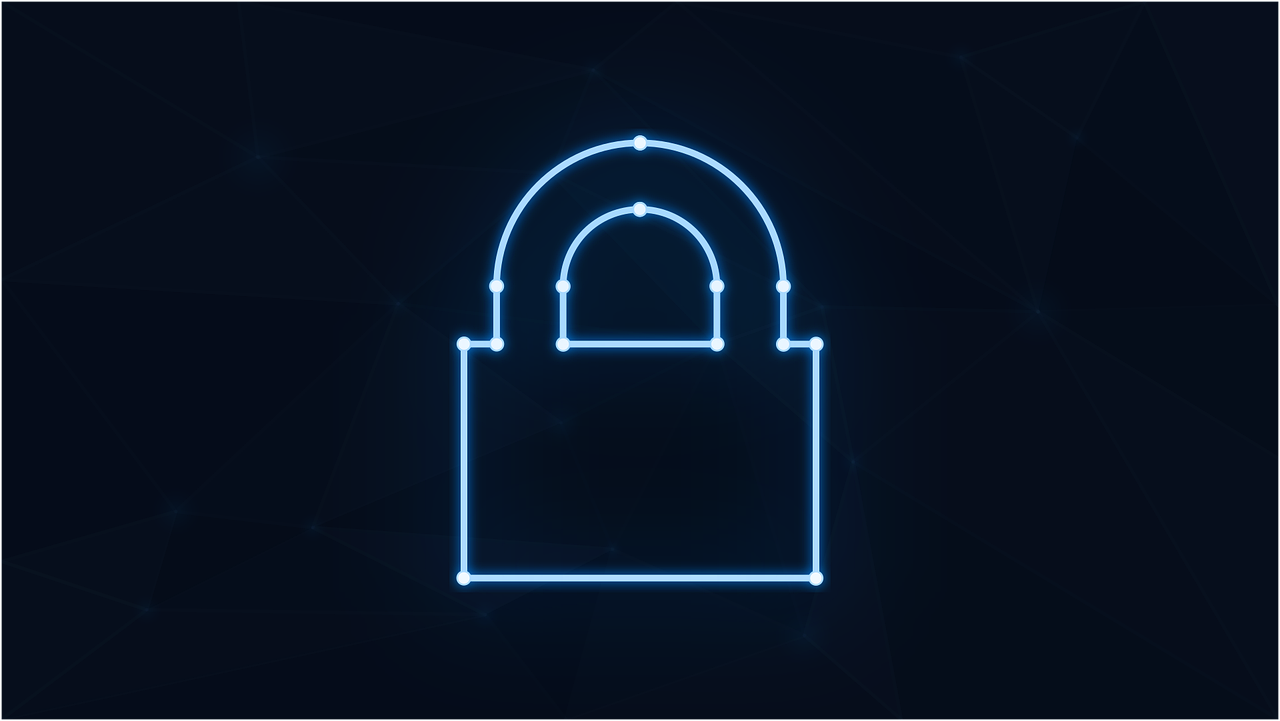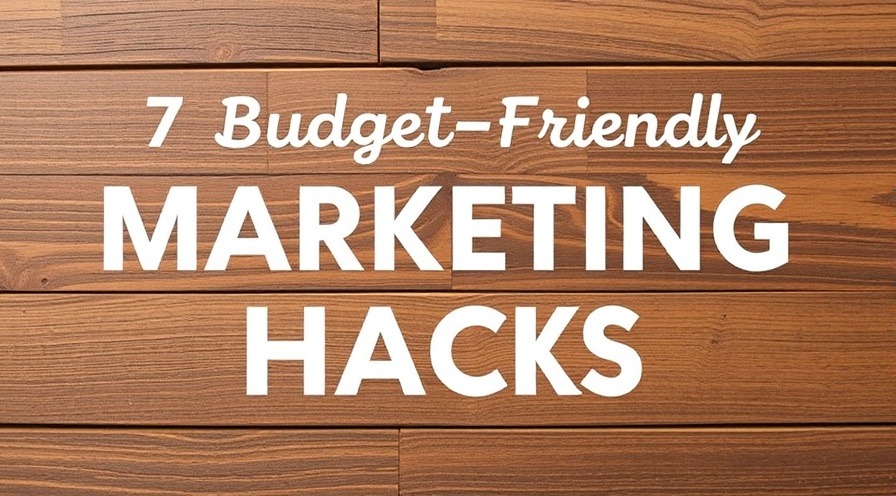
This is a custom HTML / JavaScript Element
In order To See Your Custom HTML/JavaScript Code in Action You Must Click On The Preview Page Button, Your Code is NOT going to be active in the edit mode
Push notifications are a great way to keep your customers engaged and informed. Push messages can be used to notify your customers about future events, new products, and even provide helpful tips and advice. However, not all Push notifications are created equal. In this post, we will discuss the different types of push notifications, how they work, and how you can get the most out of them.
What Exactly Are Push Notifications?
Push notifications are a way to send time-sensitive messages to your customers through their mobile devices. They are similar to email notifications, but are sent directly to a customer’s mobile device.
What are the Different Types of Notifications?
There are two primary types of push notifications: those that are sent to everyone who has installed your app, and those that are sent to specific users.
The first type of push notification is the broadcast notification. This is a message that is sent to all users of your app at once. It is typically used for announcements or updates that are not time-sensitive. The second type of push notification is the targeted notification. This is a message that is sent to specific users based on certain criteria, such as their location or the type of device they are using. Targeted notifications are often used for time-sensitive messages, such as special offers or breaking news stories.

Notification Categories
Push notifications come in a variety of categories. These categories can be customized to meet your needs. The system will allow you to add a new push category or edit an existing one. You will also be able to configure the settings for individual categories within the app. For example, you can set up a notification for a company to send you messages on a regular basis. This type of notification is also known as a subscription.
Another popular category is location-based push notifications. This type of notification is relevant to your location and shows users what shops are nearby. For example, if you're at a shop near your home, you'll receive a notification that includes the name of the shop and its location. You can use this type of push notification to remind your users of the latest sales, new products, or travel news.
Push notifications are useful for mobile users. When a user receives a message from an app, he or she may be more likely to open it. They are an excellent way to keep users engaged with an app in real time. Push messages are sent in different formats, including audio, video, and text. Push Stories are immersive messages that provide users with a unique experience. They are also useful for e-commerce applications.
Web Push Notifications and Mobile Push Notifications
The main difference between web push notifications and mobile push notifications is the method of delivery. While both send messages to a user's mobile browser, web push notifications or desktop push notifications are delivered to the user's desktop computer. They're designed for re-engaging website visitors who have opted to receive updates from a website. This feature helps marketers reach potential customers and convert them into paying customers. And yes, mobile push notifications work on android devices and ios devices.

Are Push Notifications an Effective Marketing Tool?
There is no doubt that push notifications are an effective marketing tool in a thorough marketing strategy. They are a great way to keep your customers engaged and informed about your product or service. However, not all push notifications are created equal. In this post, we will discuss the different types of push notifications, how they work, and how you can get the most out of them.
SMS Campaigns versus Push Marketing
There are a few big differences between SMS campaigns and push messaging. One of the biggest is the customer base. While SMS messages are sent to all mobile networks, push notifications are only visible to those who have submitted an opt-in request or "opted in" to receive them. This makes it crucial for businesses to decide who their target audience is, the purpose of their campaign and the relevant information they want to provide.
While both methods of device messaging can be effective, push notifications generally have the edge. This means that they are less likely to be blocked by spam filters. However, push notifications are not appropriate for sending lengthy and reference messages. Also, they are harder to opt out of than SMS messages. However, both SMS and push notifications can be useful marketing tools.
SMS has a 160-character limit. Any message longer than this will be broken up into separate SMS messages and may not be read in its entirety. This limits the effectiveness of SMS as users do not like to be bombarded with messages that are illegible. Additionally, it is monotonous and lacks interactive features, including links, colors, and call-to-actions.
Push notifications are delivered via an application, and are only visible to users who have downloaded the app. Push messages can only be read by users when they are connected to the internet. This means that the user may not see the notification if they do not keep their mobile device open whereas SMS text messages can be read immediately after they are received.
How Do Push Notifications Work?
Push notifications work by sending a message to your customers’ mobile devices. When a customer opens the app or email that received the push notification, the notification will pop up and will contain information about the notification, such as the title, the content of the notification, and the link to the relevant page or content.When a customer receives a push notification, the user's mobile device indicates that there is an update or new content. The phone will then prompt the customer to open the notification. If the customer does not want to open the notification, they can opt out by clicking on the “x” in the top right corner of the notification.

What Can You Do with Push Notifications?
You can use push notifications to keep your customers informed about future events, new products, and even provide helpful tips and advice. You can also use them to drive traffic to your website.
Push notifications are most effective when they are sent at specific times of day. Users tend to check their phones less often if they receive them at 3 in the morning. Furthermore, push notifications should take them to a specific screen. They can be scheduled for 1 - 2 times a week. Push notifications should also fit into a company's overall business strategy.
Push notifications allow businesses to send automated messages to users, which maximizes the chances that the user will actually read them. They are also useful for onboarding messages that introduce a service and invite them to check out different parts of the website or app. You should also consider segmenting your subscribers so that you can tailor the messages you send them.
One of the best ways to keep customers engaged is to send personalized messages that are relevant to their interests and emotions. This can be done through data tags and segmentation. For example, a cooking blog can send vegetarian-focused content to its subscribers. This helps to improve retention and drive traffic.
How Do Push Notifications Work with Other Apps?
PUSH notifications work with other apps in two ways: through App Notifications and through Inter-App Communication (IAC). App Notification refers to push notifications that are sent through the app you are using. IAC refers to push notifications that are sent between different apps. For example, if you are using Facebook and Twitter together, Facebook would send a PUSH notification to Twitter informing it that there is an update available for Twitter. This way, both apps would be updated at the same time without having to open each other’s menus individually.

Are Push Notification Services Secure?
Yes, Push notifications are always secure. They use SSL encryption to protect your data from being accessed by unauthorized users.
Push message delivery happens from an application server to a user's web browser in two phases. The first phase takes place when the application server registers a service worker and the user clicks the Allow button to accept push messages. The second phase occurs when the application server and service worker make an API call to the push service. During this phase, the push message is delivered to the web browser and displayed.
In both cases, push notification services use encryption to ensure secure delivery. This encryption process involves using a private key that is never left on the device. This private key is used to encrypt content delivered by the push provider. Without the private key, the content can't be decrypted. This makes secure push notifications extremely important for healthcare and financial services applications.
One way to ensure push notifications are secure is to implement a system called silent verification. Silent verification uses a stored private key and fetches an authentication challenge in the background. This security strategy can be implemented using webhooks or polling. In both cases, it's important to build this security feature separately from the notification service.
Can Push Notifications Have Images and Sound?
Yes, you can include images and sound in your push notifications. However, be aware that including too much content may slow down the notification process. Additionally, sounds can be disruptive for some users, so it is important to test them before you send them out to your customers.

Do Push Notifications Use Data?
Yes, Push notifications use data to send the messages to your customers. However, they will only use data if the customer has opted into receiving push notifications from your company. If the customer has not opted in, then the push notification will not use any data.
How Do I Enable or Disable Push Notifications?
To enable or disable push notifications for a specific app, go to the settings on that app and select either the Allow Notifications or Block Notifications button. To disable all push notifications for your account, go to the settings on your account and select the Do Not Allow Notifications option.
What are the Benefits of Push Notifications?
There are many benefits to using push notifications – but here are a few of the most common:
1. They’re Highly Effective
Push notifications are one of the most effective ways to reach your customers. They’re simple to set up, and can be used to reach a wide range of people.
2. They’re Simple to Use
Push notifications are easy to use – you just need to set up a few basic rules and you’re ready to go.
3. They’re Simple to Customize
You can customize your push notifications to make sure that they’re relevant to your business.
4. They’re Safe
Push notifications are generally safe – you won’t have any issues with them being hacked or stolen.
5. They Use Data
Push notifications use data in order to send the notification – this means that they can be used to track the effectiveness of your campaigns.

What Are the Downsides to Push Notifications?
There are a few downsides to using push notifications – but they’re generally minor. Here are a few of the most common:
1. They Can Be Annoying
Some users find push notifications to be annoying – this is especially true if the notification is unexpected.
2. They Can Cause Issues with Phone Battery Life
Push notifications can use a lot of battery life – so make sure that you’re using them sparingly if you have a limited supply.
3. They Can Cause Issues with Phone Speeds
Push notifications can slow down a phone – so make sure that your phone can handle them.
4. They Can Cause Issues with Data Plans
Push notifications can use a lot of data – so make sure that you’re using them sparingly if you have a limited data plan.
5. They Can be Annoying If Sent at Wrong Time
Some users find push notifications to be annoying if they’re sent at the wrong time.

How Do I Get Started Using Push Notifications?
If you are new to push notifications, it is important to understand how they work and what types of messages they can be used for. If you are already using push notifications, here are a few tips to help get the most out of them:
-Test and optimize your push notifications before you send them out to your customers who are smartphone users.
-Remember to use images and sounds in your notifications, but be mindful of how much content they can take up space and how they may affect user experience.
-Use push notifications to drive traffic to your website or app. They can be used as a way to keep customers updated on upcoming events or new product releases.
Conclusion:
In short, push notifications are one of the most popular mobile marketing tools out there – and for good reason. They’re simple to set up, highly effective and can be used to reach a wide range of people. But like anything else, push notifications have their benefits and drawbacks. In this article, we’ve covered some of the best ways to get the most out of push messaging notifications – both for your business and your customers.So, there you have it! Push notifications are an incredibly useful mobile application to keep your customers informed and motivated. Customer engagement, open rates, click-through rates, conversion rate, and user experience are better with rich notifications.. Which ways do you use push notifications for your business? Let us know in the comments!
Thank you for reading this LogicalDM.com article.
*Follow us on Facebook, click HERE.

This is a custom HTML / JavaScript Element
In order To See Your Custom HTML/JavaScript Code in Action You Must Click On The Preview Page Button, Your Code is NOT going to be active in the edit mode
LogicalDM.com is a powerful digital marketing service that helps businesses reach their target audience online. The service provides a variety of features, including search engine optimization, website design and development, and online marketing campaigns. The advantage of using LogicalDM.com is that businesses can get all of their online marketing needs taken care of in one place. This saves time and money and allows businesses to focus on their core business goals.
 Add Row
Add Row  Add
Add 






